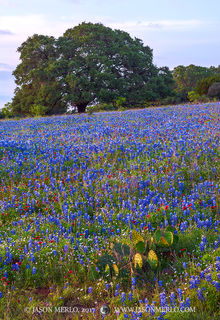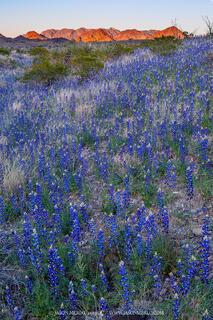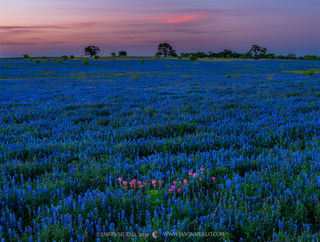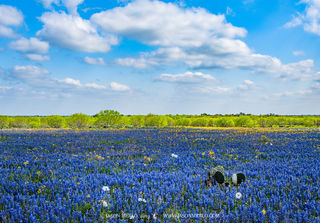Bluebonnet Notes: 2023 Bluebonnet Forecast (Part II) - South Texas
Disclaimer: I am neither a botanist nor a meteorologist. I am simply someone who loves bluebonnets and has been hunting them and trying to learn more about them since 2010. I write these each year for myself so that I can have a record of what my thoughts were at the time. If you are interested in my track record for accuracy, my past predictions and reviews from previous years can be found here. Predicting a bluebonnet season is difficult to do with accuracy due to the fact that there are so many different factors are involved in a bloom that are impossible to evaluate. Each wildflower season is unique and presents different opportunities.
In Part I of this series we took a look at the rainfall data from the Big Bend in West Texas. In Part II we will look at the data from South Texas. For the purposes of this article, South Texas is defined as Atascosa County, DeWitt County, Gonzales County, Guadalupe County, Karnes County, and Wilson County. Although there are certainly plenty of other areas of South Texas where bluebonnets bloom, these are the areas with which I am most familiar.
Though there are many contributing factors for a bluebonnet bloom, the most important by far is rainfall. Below, rainfall maps showing the departure from normal rainfall are presented for each month from September 2022 to February 2023.
Because the purpose of this series of articles is only to attempt to identify the locations that are most likely to have bluebonnets, rainfall is the only bloom factor that is examined.
Seed germination period
Rainfall during what I term the seed germination period is more crucial for bluebonnet development than rainfall during any other period. The germination period runs from sometime in September to sometime in November. This doesn't mean that bluebonnet seeds can't germinate during other months of the year, just that this is when the large majority of them will germinate, if they are going to do so.
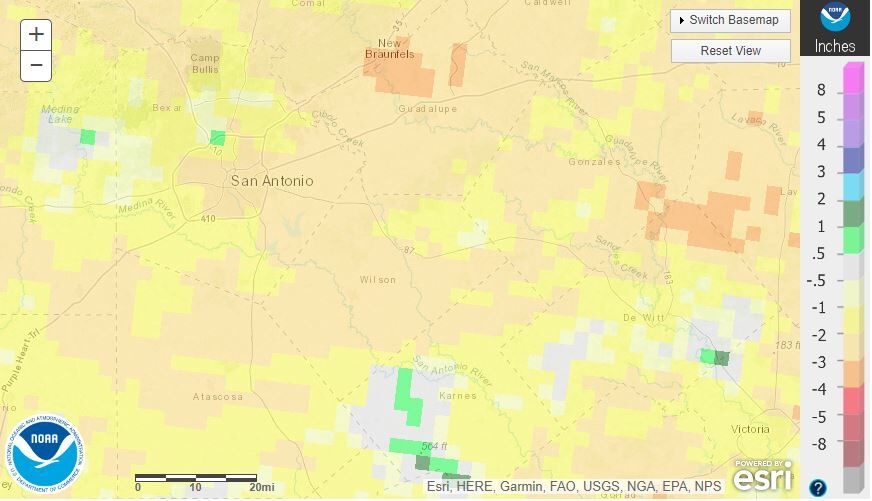
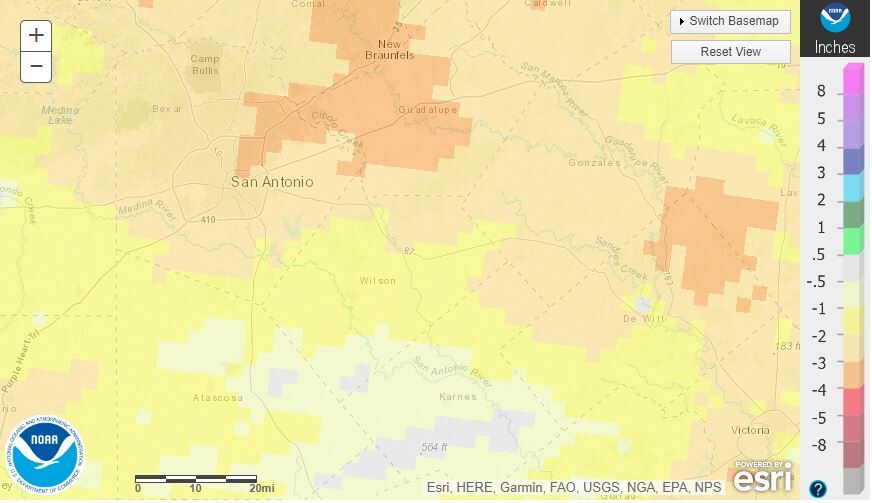
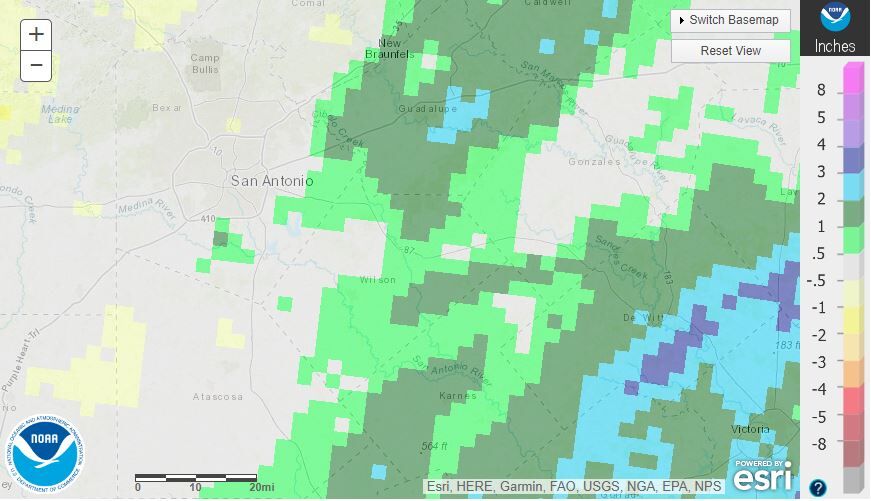
Unfortunately, rainfall during September and October was well below average across South Texas. Rainfall picked up in November in Guadalupe, Wilson, DeWitt, and Karnes Counties, up to 3 inches above normal in some locations. Hopefully it was enough to get some seeds germinated.
Rosette development period
The rosette development period runs from sometime in November to sometime in February. This is the period when bluebonnet rosettes are going through a process known as vernalization and developing their root structure. While rainfall is still important during this time, it is not nearly as important as it is during the seed germination period.
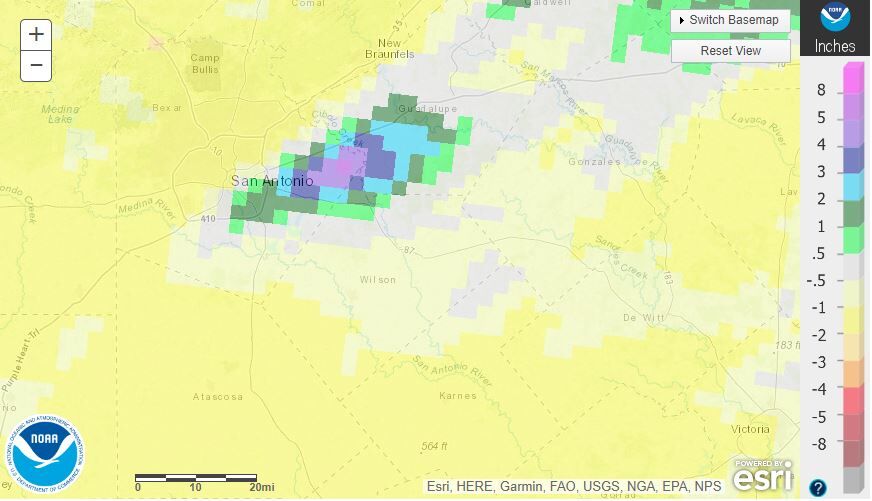
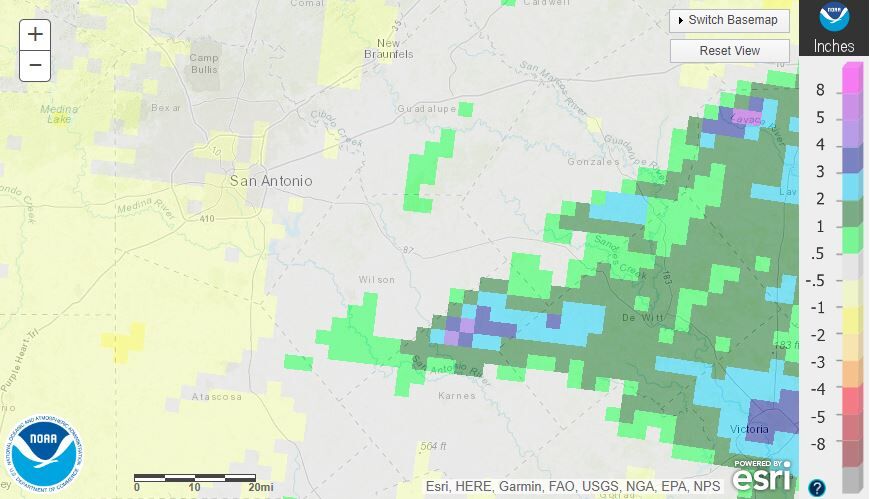
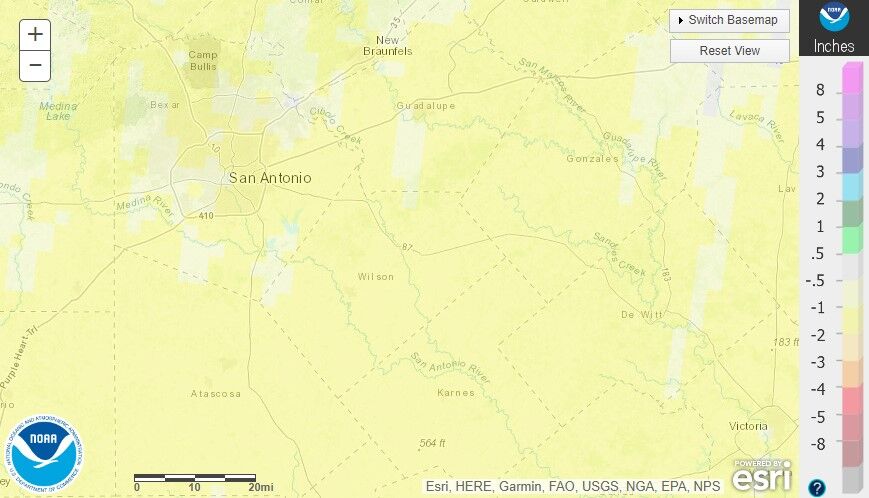
Most of South Texas saw below average rainfall during the rosette development period. Western Guadalupe County was above average during December and parts of Wilson, Karnes, DeWitt, and Gonzales Counties were above average in January. It certainly could have been worse, but overall it doesn't inspire much hope in my opinion.
2023 South Texas bluebonnet forecast
Predicting a bluebonnet season is difficult to do with accuracy due to the fact that there are so many different factors are involved in a bloom that are impossible to evaluate. Each wildflower season is unique and presents different opportunities.
I expect 2023 to be another below average bluebonnet season in South Texas. Atascosa County received below average rainfall every month except November, so I don't expect much of anything to be blooming and I won't be spending any time there. Guadalupe and Wilson Counties appear to have the best opportunities for blooms, Guadalupe moreso than Wilson. Possibly western Gonzales County as well. DeWitt County, especially the southeastern portion, received more rainfall than anywhere, but I have never been successful finding bluebonnets in that area even in good years. I will be heading out with low expectations and hope to find some nice surprises.
In Part III of this series we will take a look at the data and forecast the 2022 bluebonnet season in the Texas Hill Country.
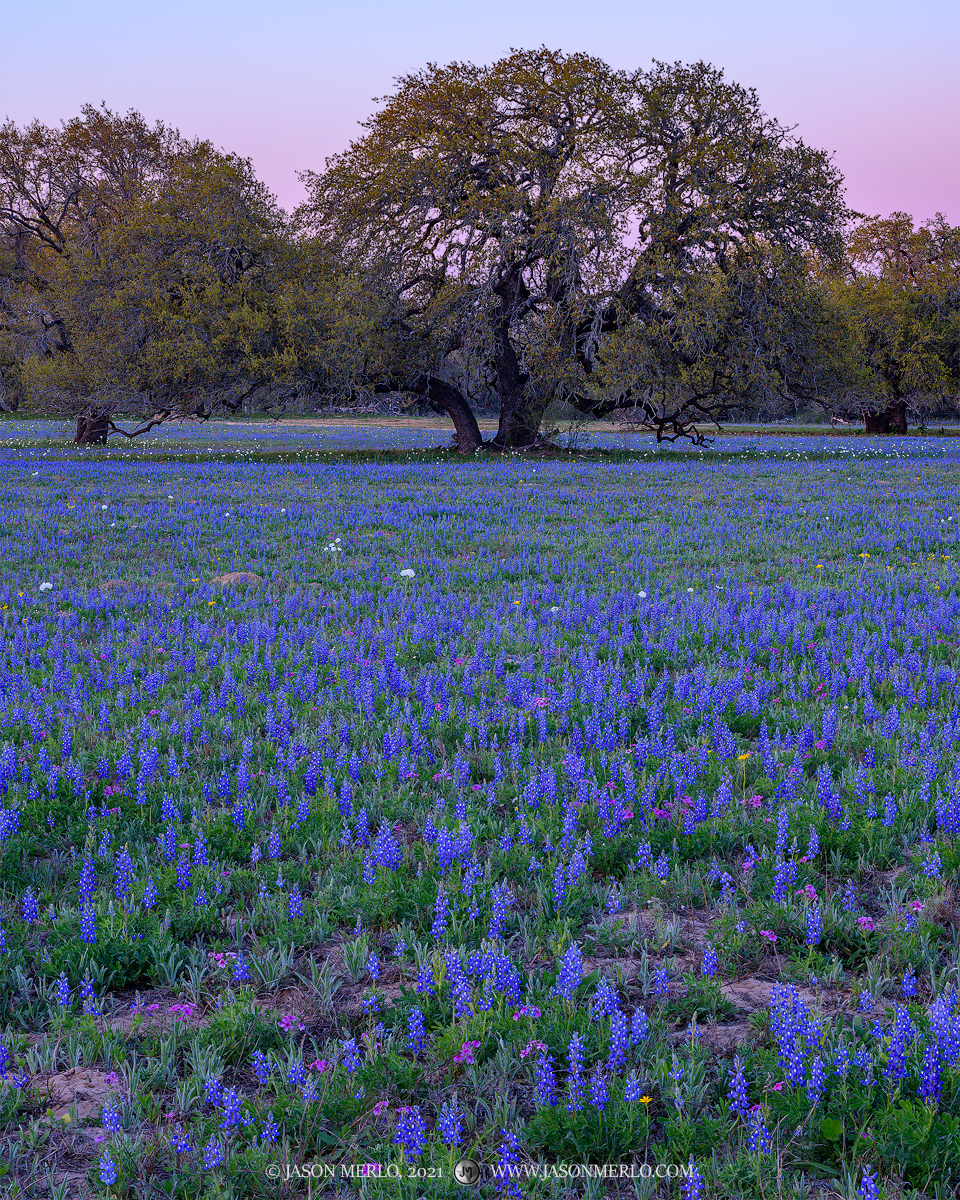
A field of sandyland bluebonnets (Lupinus subcarnosus), white prickly poppies (Argemone polyanthemos), and live oaks (Quercus virginiana) on the first day of spring at dusk in Atascosa County in South Texas.
SOURCES
Merlo, J. (2020, January 11). Contributing factors for a bluebonnet bloom (Part I). Retrieved from https://www.jasonmerlo.com/gallery/contributing-factors-bluebonnet-bloom-texas/
Merlo, J. (2020, January 16). Contributing factors for a bluebonnet bloom (Part III): South Texas. Retrieved from https://www.jasonmerlo.com/gal...
NOAA. (n.d.). Advanced Hydrologic Prediction Service. Retrieved from https://water.weather.gov/precip/#
Vernalization. (2019, December 17). Retrieved from https://en.wikipedia.org/wiki/Vernalization


